A nice bit of trendspotting by the Times’s David Leonhardt, whose pronouncements on all things COVID seem to carry unusual weight with our federal science bureaucracy.
Now that he’s noticed that there’s been no spike in cases since the CDC told vaccinated people to get back to normal, triggering widespread abandonment of mask mandates across the country, expect Rochelle Walensky to notice too.
There’s nothing new about cases continuing to fall after a mask mandate has been lifted, of course. I’ve written multiple posts about how Greg Abbott’s rescission of Texas’s mask mandate on March 10 was followed by many weeks of declining case counts. The state has even hosted mass indoor gatherings since then, with no apparent ill effect on the virus’s spread.
As we approach the three-month anniversary of that rescission, cases in Texas are below 1,000 per day for the first time since April 2020. On May 1, they stood north of 3,000 per day. That’s a decline of more than two-thirds in just a month, all without a mandate in place.
Since we’re almost three weeks removed from the CDC okaying vaccinated people to unmask, which led to many cities and states relaxing their mask mandates for everyone, Leonhardt reasoned that any resulting burst of infections should be apparent in the national data by now. Instead he found the same thing we find in Texas, the pandemic receding at a steady rate:
The C.D.C. announced its new mask guidance on May 13. Since then, cases have continued to decline at the same rate as before May 13: pic.twitter.com/wbSuanbPEp
— David Leonhardt (@DLeonhardt) June 2, 2021
… It doesn't matter if vaccinated people go maskless more often, because they're almost never going to get or spread the virus. And it won't change things if unvaccinated people keep doing what they were already doing (e.g. going maskless, as in many heavily GOP communities).
— David Leonhardt (@DLeonhardt) June 2, 2021
I think that’s right, and the same logic applies to Texas. Once the mandate lifts, hardly anyone changes their behavior. The vaxxed are all but immune from illness so they’re free to unmask. Many of the unvaxxed weren’t masking or isolating to begin with, believing the risk from COVID to be overblown. And the unvaxxed who are cautious about the disease are still masking, mandate or no mandate. Meanwhile, the most recent study on mask-wearing suggests they don’t do much to reduce spread except when infections are already low across the population.
There may be some small increase in infections happening right now among unvaccinated people who were previously forced to wear masks in public spaces but have gone barefaced since the mandates were lifted. Even so, the triple whammy of lots of immunity in the population, seasonal effects from warmer weather, and a low baseline rate of spread at the moment is likely holding those infections down. At the same time, each new day brings a certain number of vaccine holdouts deciding to get their shots after all, further reducing the number of transmission vectors in the population. It may be that those vectors are disappearing more quickly than new infections are happening among the unvaxxed, leading to an overall decline in case counts.
Don’t underestimate the seasonal effect either. People are spending more time outdoors now, and more outdoor time means less time where the unvaccinated are susceptible to infection. Economist Emily Oster wrote recently about the odds of infection outdoors:
Let’s say people have half of their interactions outside. If so, this implies an outdoor transmission rate of 0.012%, or about 1 in 8250. If only 20% of interactions are outside, it is about 1 in 2000…
To then think about the risk of infection from being outside unmasked, you want to think about the risk associated with the people you interact with (or your kids interact with). Case rates are down a lot, although as people have noted, the cases we do have are largely in unvaccinated people. What share of the population of people running around outside are unvaccinated and carrying COVID-19? It’s almost certainly less than 1% in most areas of the US.
If you combine a 1% COVID-19 rate with a 1 in 2000 transmission rate, that gives a risk of 1 in 200,000.
July will be a big month for the country since that’s when the triple whammy will start to unravel a bit. The weather will turn from warm to unbearably hot in the south, where vaccination rates are lower. With people back indoors in the A/C, transmissions become more likely. The question is whether southern states can get enough people vaxxed before then to create a degree of herd immunity that’ll largely prevent a surge of cases among the unvaccinated. It may be that we do see a mini-surge — but that it’ll start from a small enough baseline as cases continue to fall this month that a true wave just can’t get going. If cases in Texas drop to, say, 500 by July 1 and then quadruple during July, the state will be back to the number of daily cases it had just two weeks ago, a moment when the pandemic was in full retreat.
Basically, the easing of COVID looks unstoppable until fall. Unless…
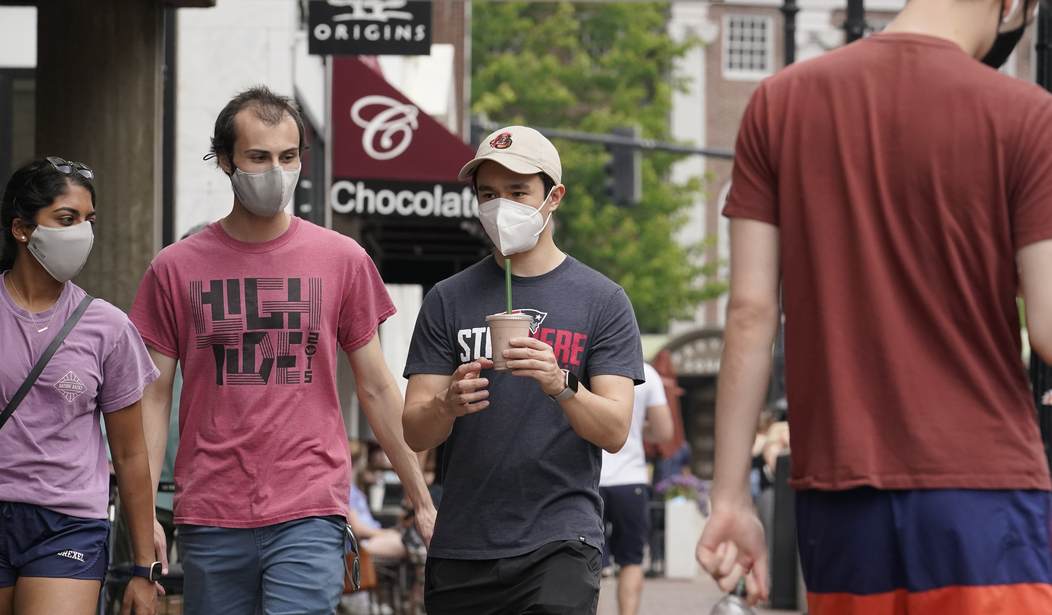
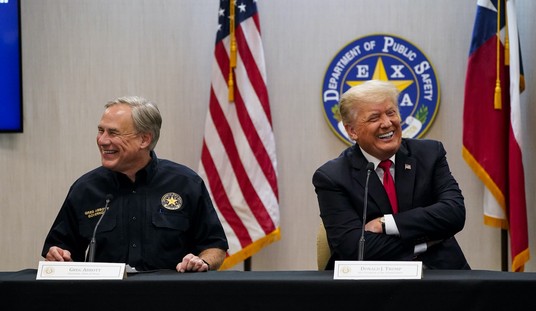
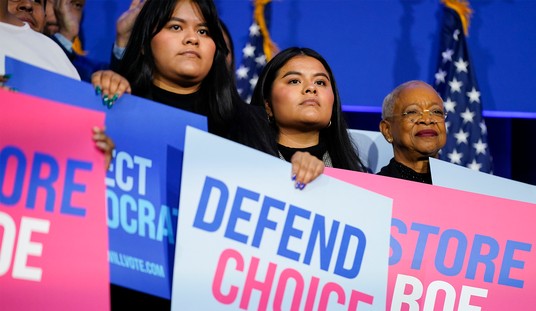
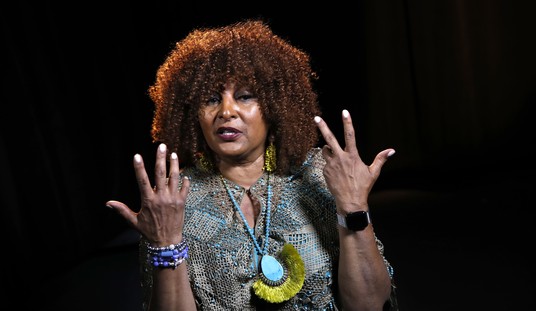
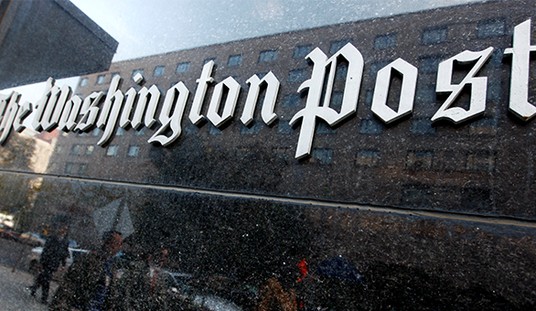


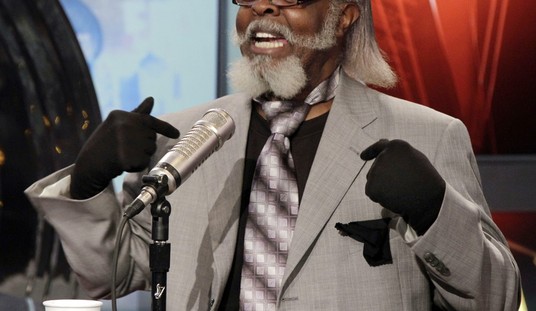
Join the conversation as a VIP Member